The name of the village for centuries evolved. It was continuously related with the extraction and processing of sod iron ore. In centuries XVIII / IX mined and processed here also copper ore.
Category: History

Persecution
In 1817 in Prussia was created United and uniting church, unifying Lutherans and Calvinists by one church administration. This resulted in resistance of some communities and part of priesthood, so that is why they were called commonly as old–Lutherans.

Enfranchisement, secularization
The 1810 was the last for Cisterian order in Trzebnica. Secularization of religious orders on whole Silesia caused goods were took over by country. Another result was division of areas to districts, and more effective administration.
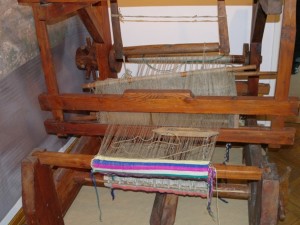
Lassaterei
To the west of Kuźniczysko, towards Biedaszków, there were few buildings as the settlement, which belongs to the property of the monastery of Trzebnica. The property was bought by Georg Lassat in 1624, then he expanded it and transformed into grange. Hamlet was named from his owner as Lassaterey, then Lassaterei. After the death of Lassata, grange was taken over again by the monastery and assigned to Kuźniczysko.
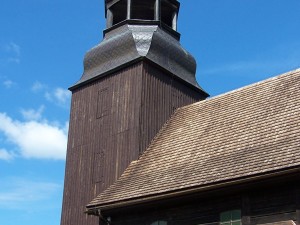
Metal mines
Collecting of iron ores in Kuźniczysko took place already in Iron Age, or even in Bronze Age (about 1000 BC). Boosted extraction on begining of AD resulted in rapid development and importance of local ironworks and forges.

Wood wool factory Humboldsau
June 6, 1842 by royal rescript signed company agreement and creation of wood wool factory and resort. Joseph Weiss (owner of paper mill in Zlote Hory) inspirated by research results of notable german naturalist, geographer, researcher, traveler – Friedrich Wilhelm Heinrich Alexander von Humboldt’a – patented his invention and deployed it in Humboldtsau, which belonged to Kuźniczysko. This was unprecedented event on the world.
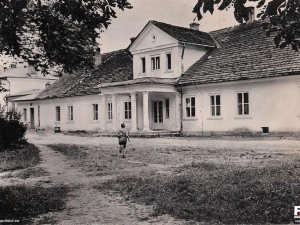
Humboldt’s Au resort
First clients of resort started visiting Humboldt’s Au after 1850. Traffic, especially in summer season, was large. Patients and tourists were getting there by stage-coach, runs from Trzebnica to Milicz. Near factory was pond accumulating water for grain mill with magnificent wooden mill wheel.
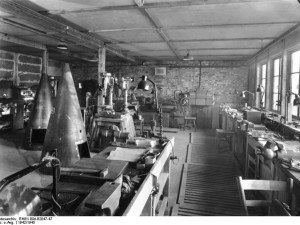
The military factory
In place where was large wood wool factory, on it’s walls created a new factory in 30s of past century. Unfortunately, since that time have shameful story.
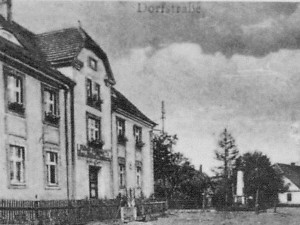
Bank – Golden Age
The history of the bank begins in the years 1830 to 1845, after a very intensive mining of copper in Kuźniczysko and Czeszów, and processing it in Masłowiec and Czeszów. Then begins the “golden age” for Kuźniczysko.
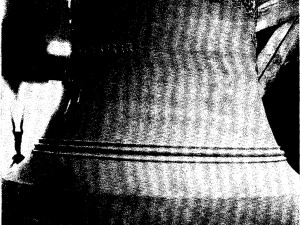
The last bell
First bell (C tone) in Kuźniczysko was founded by pastor Jahann Nazari in 1610. The bell hung in pine tower built into church, which was built about 1450 by Catholics. Next two bells were cast in Wrocław in 1792 – tone A and B. They hung in 1805 in new dome tower of larch church built in 1709 by Evangelics.

